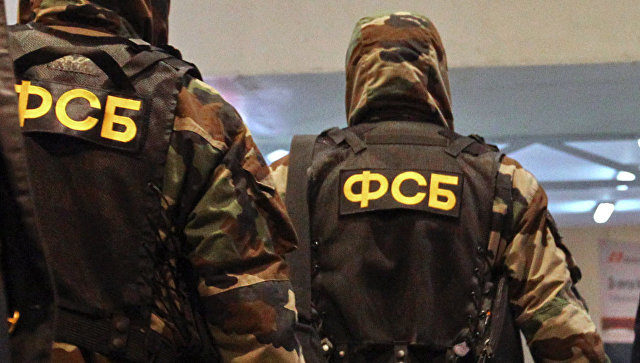
Is Unidentified White Powder in Envelopes the Successor to Telephone Terrorism in Russia?
Publication: Eurasia Daily Monitor Volume: 15 Issue: 27
By:

Since last September, more than three million Russians have been evacuated from thousands of schools, businesses, cultural facilities and government offices in cities and towns across Russia in response to anonymous bomb threats—not one of which has proven to be true but all of which have required prompt action lest lives be lost. The government-controlled media have provided only the sparsest coverage of what Russians now call “telephone terrorism,” but the problem continues to this day and is now so large that the Russian security services have launched special efforts to end it, so far without any signs of success. Moreover, the Russian parliament has now voted to impose a ten-year jail term on anyone convicted of making such false threats, although to date no one has been (For background, see Window on Eurasia, September 12, 2017; Window on Eurasia, January 2, 2018; on the efforts of the special forces and the Duma decision, see Kasparov, December 20, 2017; and on some of the most recent cases, see Politsovet, February 20).
What makes telephone terrorism so frightening is that anyone with a telephone, either inside Russia or abroad, can make such a threat and force official action. Unlike most terrorist actions, no individual or group has claimed responsibility. In places where such bomb threats have been the most frequent, such as Yekaterinburg and cities in the Russian Far East, they have produced a general, if so far relatively low intensity, fear among the population. Many are taking the evacuations in stride, but the constant repetition of evacuations, even of government buildings such as the Russian Duma itself, has left people feeling uneasy.
In the last several weeks, concerns about telephone terrorism have been joined by fears about the appearance of a tactic some Western countries have had experience with: the receipt by various offices and individuals of ordinary mail containing an unidentified white powder that many fear may contain anthrax or other dangerous bacteria. In the United States, the receipt of such letters has forced officials to hospitalize recipients and engage in radical decontamination efforts even, though in most cases the white powder has proven to be harmless. Now this plague has come to Russia, although so far it, unlike telephone terrorism, has been confined to the diplomatic representations in Moscow.
On February 14, Interfax reported that envelopes with an unknown white substance had been delivered by mail to “at a minimum” three embassies in the Russian capital (Interfax, February 14). They were subsequently identified as those of the Netherlands, Canada and Bulgaria. According to the Russian news service, judging by the handwriting on the envelopes, the letters were all sent by a single individual. After testing, the white substance enclosed within them proved to be a harmless insecticide.
Six days later, RIA Novosti reported that the diplomatic mission of the European Union had received a similar letter, although officials have not indicated whether it came from the same individual or included the same substance. They have said, however, that the mission reacted quickly and efficiently to contain the apparent threat, which happily quickly proved to be non-existent (RIA, February 20).
That might have exhausted this issue except for three things. First, at approximately the same time as these latest two Moscow events, envelopes with unidentified white powder were received by the wife of the son of US President Donald Trump, who was then hospitalized, and by both the British Parliament and Wikileaks founder Julian Assange in London. Those events attracted enormous media attention, not only in the West but in Russia as well.
Second, Aleksandr Mikhailov, a retired FSB major general, suggested that the use of such letters represented a direct continuation of the anonymous bomb threats that have rocked the Russian Federation. “Today, we are dealing with the development so to speak of anonymous hysteria. Earlier we received an enormous number of telephone calls about the [bombing] of buildings, as a result of which we were forced to evacuate an enormous number of people. Now, apparently, a new fashion has arrived: sending white powder in envelopes,” Mikhailov declared. By linking the two, he implicitly suggested that such envelopes in the future could go not just to foreign embassies, but to Russians as well (RIA, February 15).
And third, the retired FSB general raised the stakes by suggesting that someone might try to send radioactive materials through the mail in this way. While the Russian postal service has some ability to monitor that risk, Mikhailov said, it is not able to block everything. In addition, the fact that Russian law is lagging behind what is needed to intercept such mail or bring those behind it to justice means that “such mailings will continue. One cannot fail to react to them because we know very well that perhaps one in a hundred anonymous envelopes contains a real danger” (Republic, February 15).
Mikhailov concluded that Russians “must be instructed on how to react to such envelopes and about what services to call [if they receive one].” That is a good advice, but it will do little or nothing to calm a population already on edge.



